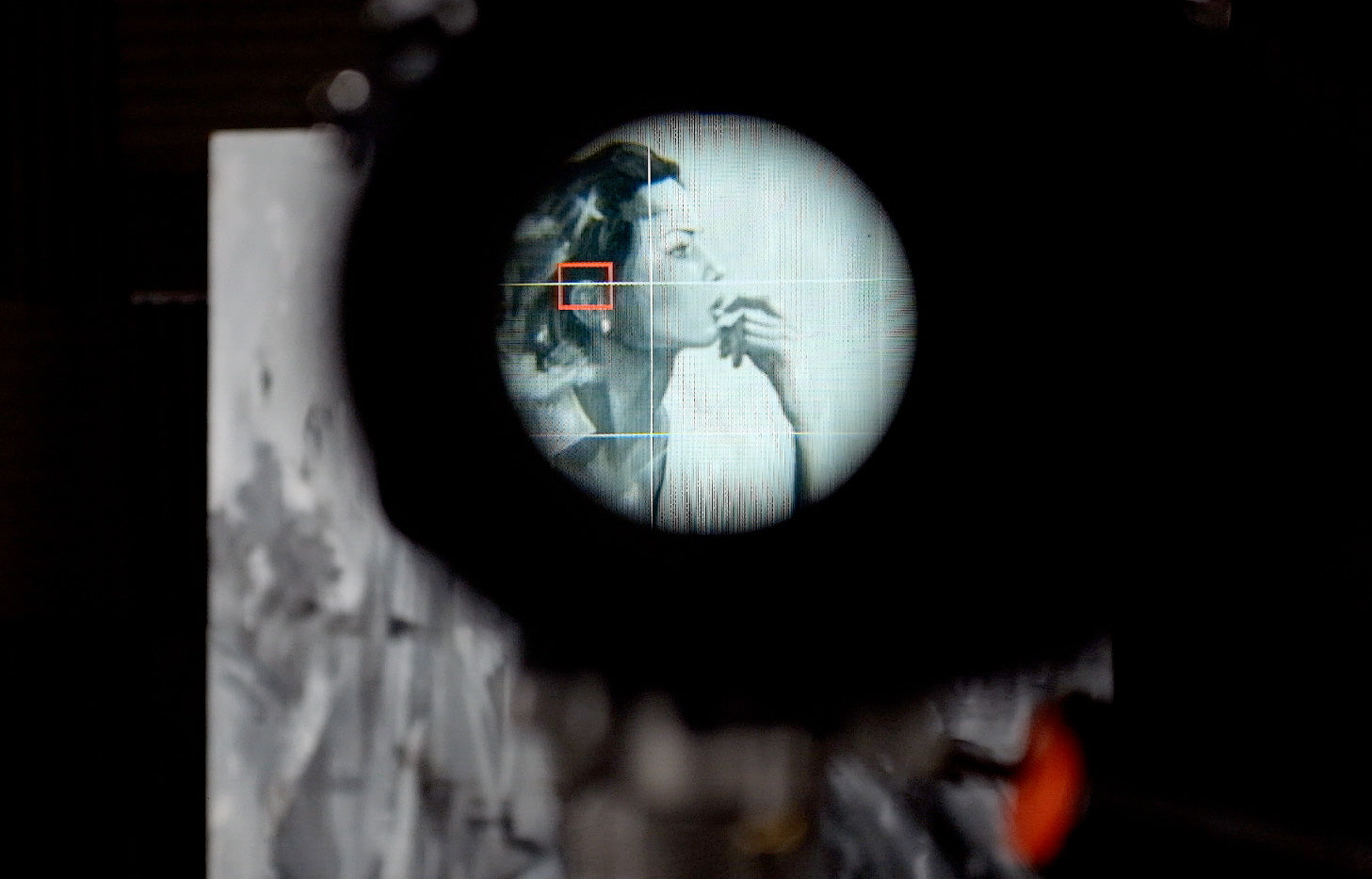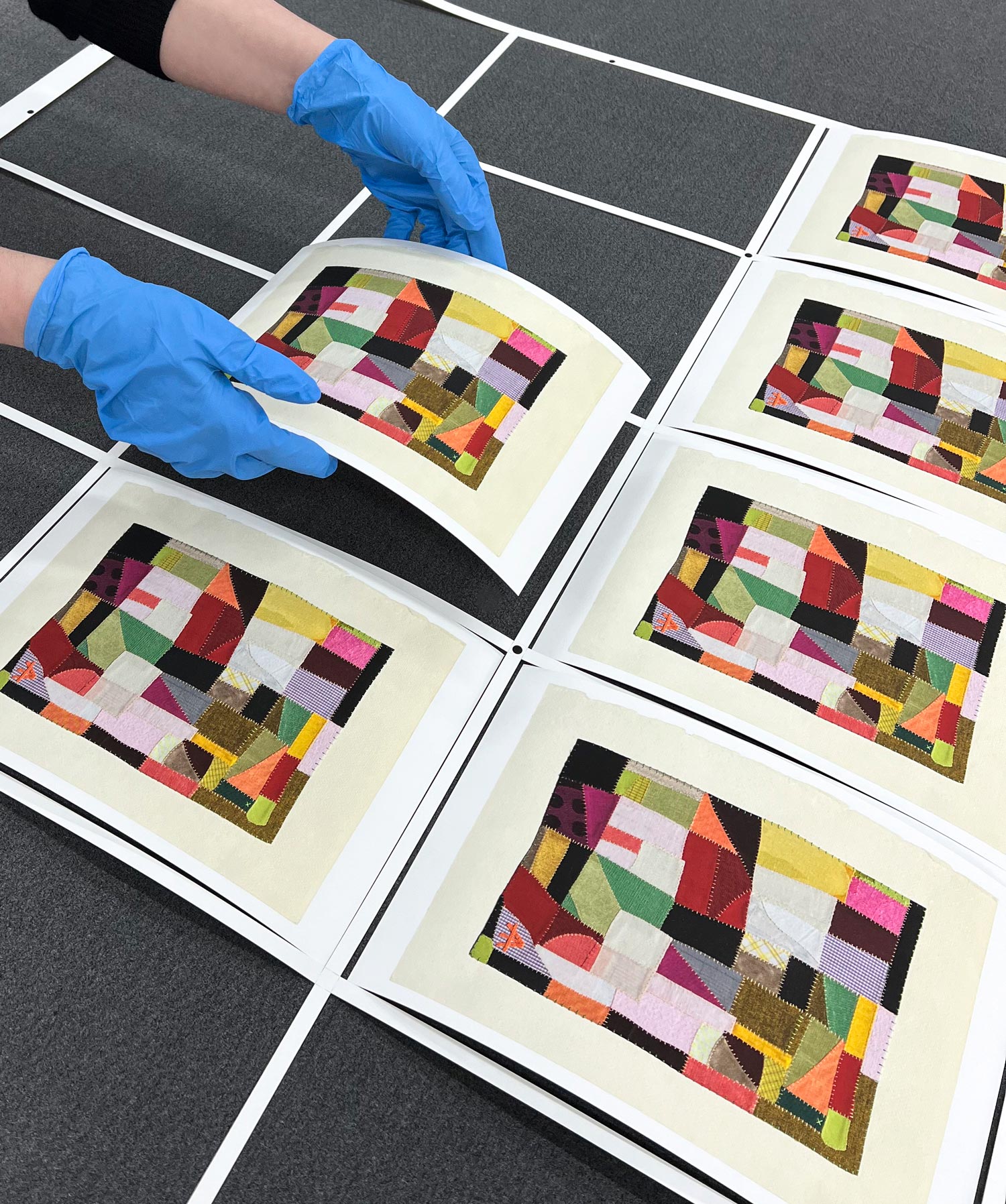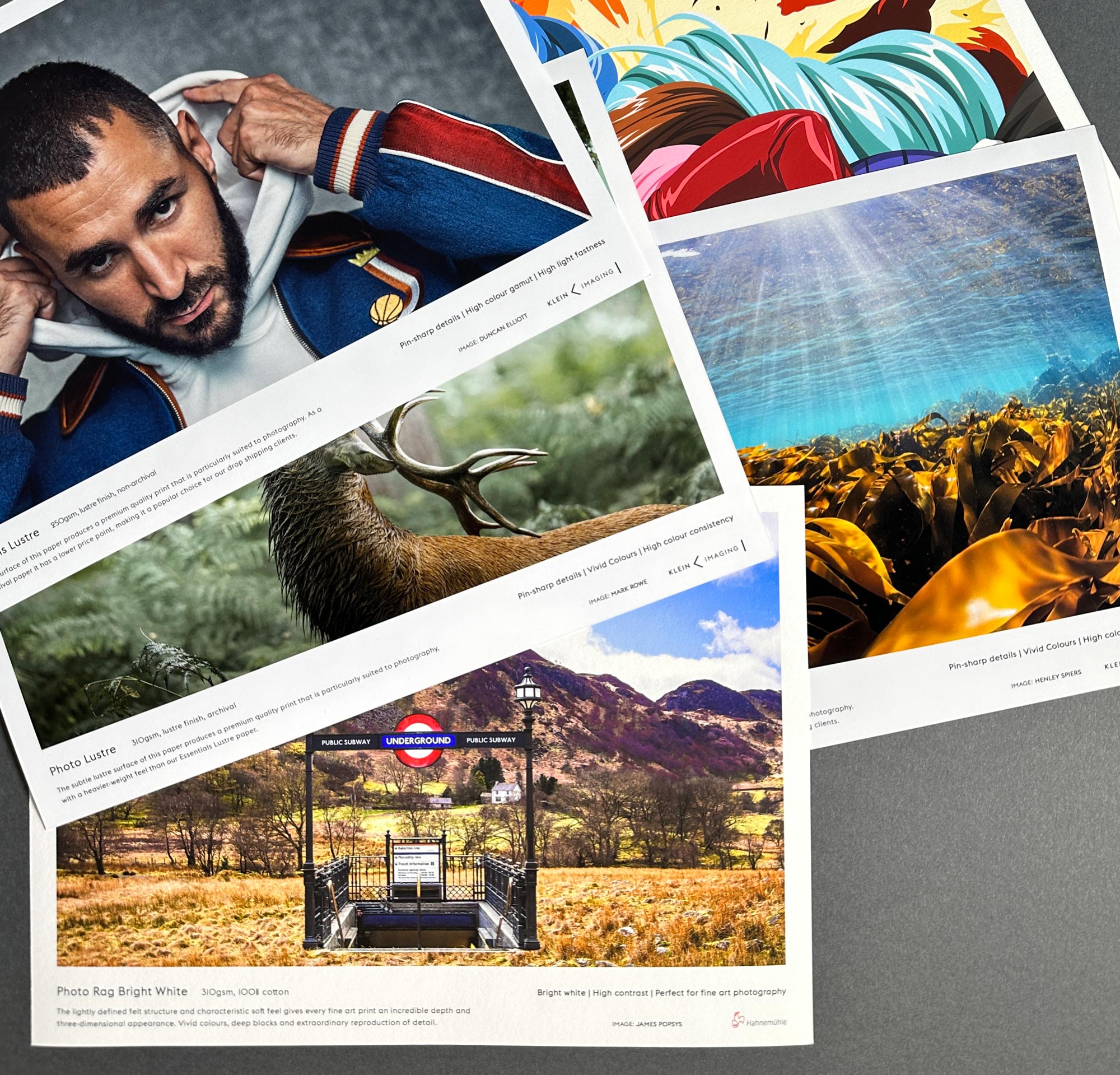Most artists starting out on their journey to create prints from their artwork know the frustration - you’ve poured your heart into a painting or drawing, but when you try photographing artwork, the colours often look wrong, the surface shines in places it shouldn’t, or the image comes out dull and blurry. High-quality artwork photography isn’t just a “nice to have” — it’s essential if you plan to sell prints, showcase your work online, or present your work to galleries.
At Klein Editions, we specialise in fine art reproduction and professional art photography, and have served artists and galleries for many years, using dedicated equipment and workflows designed to capture every brushstroke with accuracy.

As the main photographer at Klein, I’m going to cover five common photography challenges artists face and explain how our expert setup overcomes them, ensuring your prints and digital images are true to the original.
Uneven Lighting
The challenge: Lighting can make or break artwork photography. Using a desk lamp or a room with uneven light often results in glare, harsh shadows, or uneven tones across the canvas. These lighting flaws exaggerate some areas and flatten others, creating a digital image that doesn’t accurately represent your work.
In our professional art photography studio, we use daylight-balanced lighting that evenly illuminates the artwork without hotspots. This ensures consistent exposure across the entire surface, producing colour-accurate art photography that shows your work at its very best.
Using On-Camera Flash
The challenge: Artists sometimes try using a camera or phone flash to brighten their work. Unfortunately, this usually produces bright hotspots, uneven shadows, and reflections from glossy paint or varnish. It also distorts colour, making your digital image look artificial.
At Klein, we never rely on on-camera flash - in fact, our camera doesn’t even have one. Instead, we use controlled off-camera lighting setups with carefully developed anti-reflection techniques. This ensures every photograph captures the texture, detail, and colour accuracy of your artwork, creating digital files suitable for exhibition-quality prints or online galleries.
This is also where our photographic process excels over scanning - it gives us the flexibility to tune the lighting setup where necessary to control shadows, but also to bring life into a piece of artwork where shadows are necessary to show depth and structure in the medium.
Wrong Colour Balance
The challenge: Natural light changes throughout the day, and indoor lighting can add yellow, blue, or green colour casts (which can be made worse by not using high-end camera lenses). Without correcting for colour temperature, your digital file won’t match the true tones of your artwork, which is particularly damaging when producing giclée prints - to get good prints, you should always be starting with the best file you can possibly create.
Klein’s artwork reproduction workflow is built around precise colour management. We photograph artwork under consistent, daylight-balanced lighting and use calibrated colour profiles to ensure accurate reproduction. We also do several rounds of printed tests on our 12-colour giclée printers. The result? Digital files and high-resolution art images that faithfully reflect the original colours of your work.

Shooting at an Angle
The challenge: Photographing work on the floor, propped up on a chair, or leaning against a wall often leads to distortion. Rectangular canvases appear skewed, edges converge unnaturally, and detail can blur. This becomes especially obvious once the image is enlarged for fine art prints.
In our dedicated studio, we use precision-mounted cameras and high-end lenses on a studio-grade tripod, all designed to minimise distortion. Each artwork is positioned perfectly square to the camera, ensuring proportions remain accurate and the image is razor-sharp across the entire surface. I hand-picked the camera and lens combination to minimise distortion across the image field, corner to corner. This attention to detail is essential for galleries, online portfolios, and archival reproductions.
Low Resolution Images
Smartphone cameras are improving, but when it comes to professional art reproduction, resolution and sensor size are critical. A low-resolution image may look fine online, but it won’t hold up when enlarged for prints. Blurry or pixelated reproductions fail to capture subtle textures or delicate brushwork. The advent of AI in smartphones, and enhanced image capture has led to more difficulties, where you need to be 100% sure that what your smartphone is capturing and displaying is true to the original artwork, without any ‘filling in the gaps’ going on in the background!
Again, at Klein we use ultra-high-resolution cameras paired with professional lenses. Every image has the resolution required for gallery-quality giclée prints, preserving every detail and ensuring your artwork looks flawless in any size.
Our Closing Thoughts
High-quality artwork photography is the foundation for successful reproductions and online sales. Over the years we’ve consistently guided our customers in how we can get the very best reproductions from their original artwork - and it all starts from the first image capture. By addressing common challenges like uneven lighting, flash reflections, colour balance, distortion, and resolution, Klein ensures every capture is picture-perfect and suitable for printing, online display, and gallery submission — and even enhanced further with our professional framing services.
With our specialist equipment, colour-calibrated workflow, and decades of experience, we handle all the technical challenges so you can focus on what matters most: creating and growing your art business — supported by our print-on-demand and art drop-shipping solutions.
Ready to elevate your artwork with professional photography? Contact Klein Editions today and reproduce your work with stunning accuracy using our fine art papers and media.



